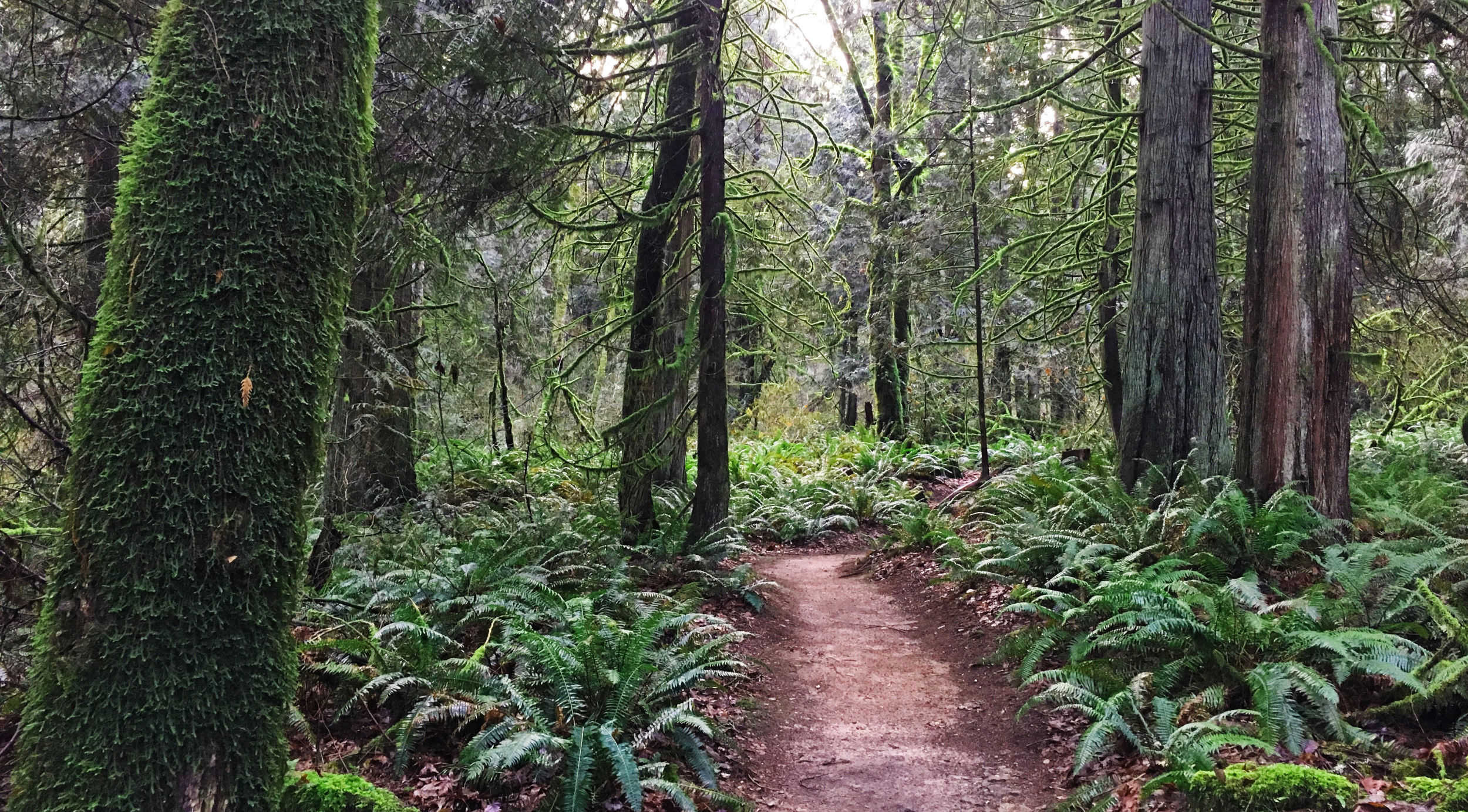Pressure Washing
Public Works
Engineering Technician
Lisa Werre
lwerre@sammamish.us
(425) 295 0573
Allowing car wash water or pressure wash water (heated or with soaps/chemicals) to enter the street and storm drain is against the law (SDC 21.03.050). You could be responsible for clean-up costs and fines.
What is the problem?
There’s no problem with power washing your driveway or patio, but it does matter how you dispose of the dirty wash water. Dirty car wash water contains soap, grease, oil, and dirt. Pressure washing your driveways sends that dirty wash water into the nearest storm drain. From there, it’s a short trip to the nearest creek and flows to Lake Sammamish.
What can I do?
Before pressure washing
- Absorb oil spots with kitty litter (or other absorbent), sweep up, and place in the garbage
- Sweep up and dispose of trash, debris, and dirt
- Place sandbags in the path of water to divert flows to vegetation, and capture debris
- Place filter fabric on storm drains to catch debris. Anchor fabric with gravel bags
- Use specialized spill booms to absorb oil in wash water. A “boom” or sock is best described as a long absorbent filled tube that acts as a barrier will absorbing contaminants.
While washing
- Use cold water only (no soap or chemicals)
- Discharge to vegetation or capture wash water and dispose of properly in a wash basin connected to sanitary sewer – NOT a storm drain
After washing
- Carefully remove filter fabric and gravel bag or spill boom barrier, and properly dispose
- Sweep up and dispose of accumulated debris
Plan ahead! All of the supplies needed to properly contain dirty wash water can be ordered online or purchased at a local hardware supply store before you start your project.
